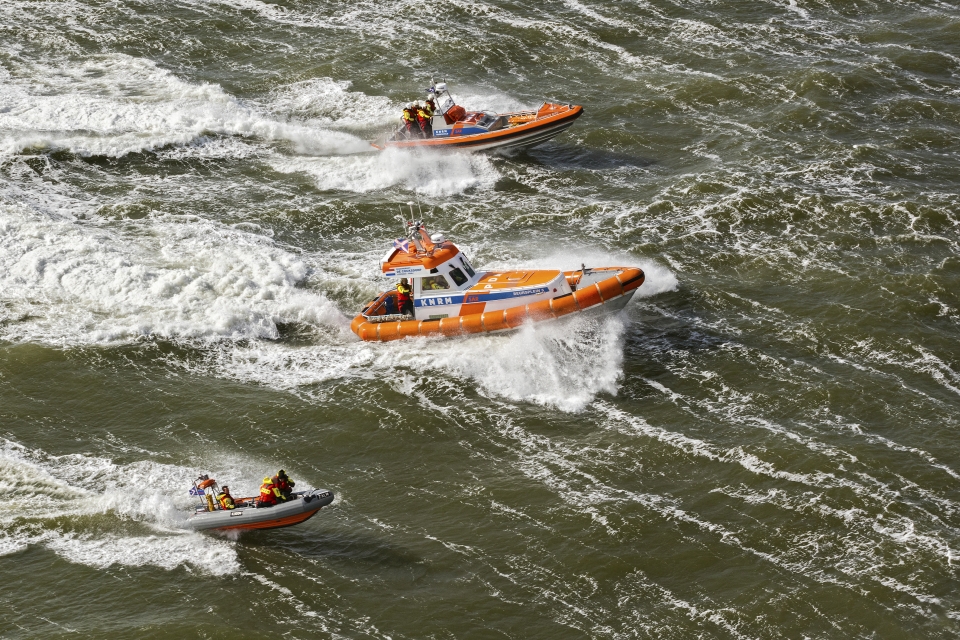The first issue of SWZ|Maritime of the new year includes an education special intended to provide insights into new developments in maritime education. After all, there are plenty. New developments require investment in educational materials. For education, especially in maritime and inland navigation, such materials are extremely expensive, because it involves large bridge and engine room simulators and ships like the ultramodern Ab Initio.
But there is more, such as the Enkhuizer Zeevaartschool sailing course, which is experiencing renewed interest because soon seafarers will be needed who can handle sailing on a modern seagoing vessel.
Our colleague Sander Klos, together with our inland shipping editor Martin van Dijk, has managed to compile a series of interesting articles on these developments that again offer some eye-openers for readers. Articles that hopefully will also inspire our readers to enthuse young people about a maritime career.
Also read: SWZ|Maritime’s December 2022 issue: When it comes to safety, learning never ends
Wonderful jobs
Because of course we welcome our readers/subscribers from the KNVTS, the Dutch captains’ association NVKK, the seafarers’ union Nautilus.nl and all other individual readers and subscribers. But the great importance of writing about maritime education is that we reach young people to show them that the maritime sector offers lots of wonderful, well-paid jobs, at all levels.
The “Maritieme Monitor 2022“, about which more in the Markets section of the January issue, shows that the broad maritime cluster employs more than half a million people. A sector that fortunately continues to grow and in which there is also room for women, because they too can pilot mighty warships or keep the engine room of merchant ships running. And for those who have had enough of sailing, there are countless jobs available ashore and in related sectors.
Where will we be without Dutch seafarers?
But who is aware of this? Children in particular rarely come into contact with the work of their parents or relatives any more. While we so desperately need Dutch people for those jobs as well. On board Dutch ships, only 17 per cent of the crew is still Dutch. Ten per cent are shore staff and 73 per cent are non-Dutch, often from outside the EU. Surely we should be able to change this, because a lot of these seafarers move on to important, maritime-related jobs ashore. So where will we be if we run out of Dutch seafarers?
This is editor-in-chief Antoon Oosting’s editorial accompanying the January 2023 issue.
Also read: SWZ|Maritime’s November 2022 issue: Innovative ships and an inventive approach
SWZ Archive
Our digital archive is once again available to subscribers and they can read the digitial version of our January issue there. Subscribers can register here to gain access. Not yet a subscriber? Visit our subscription page.
Also read: SWZ|Maritime’s October 2022 issue: Spread the word: Ships are important
The articles in SWZ|Maritime’s January issue
In addition to the regular sections such as Dutch news, Markets, Maritime monthly, Global news, Book reviews, news from the KNVTS (this time including the KNVTS Maritime Students Awards) and Mars Report, the articles (some in Dutch) in the January issue are:
- EU-brede regels stimuleren binnenvaartopleidingen
- Harmonising education in inland navigation
- Uniek zeilvaartonderwijs in Enkhuizen
- Opleiden voor veranderende maritieme wereld
- Lesschip Ab Initio klaar voor waterstof
- Model examines ways to decarbonise shipping
- Waar de ontwerpspiraal niet langer voldoet
- ‘Spanningsveld beperkt speelveld’
- Maritiem onderwijs trekt bekijks op studiebeurzen
- Ongoing research at universities of applied sciences
- Die duikboten zijn al redelijk stevig
- Autonoom varen op Zeeuwse wateren
SWZ’s January cover picture: The Royal Netherlands Sea Rescue Institution (KNRM) watches over the safety of shipping traffic. Training as shown in this photo are vital to their deployability (photo Flying Focus).








